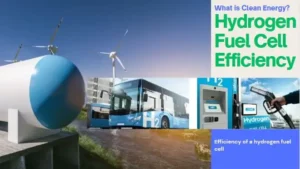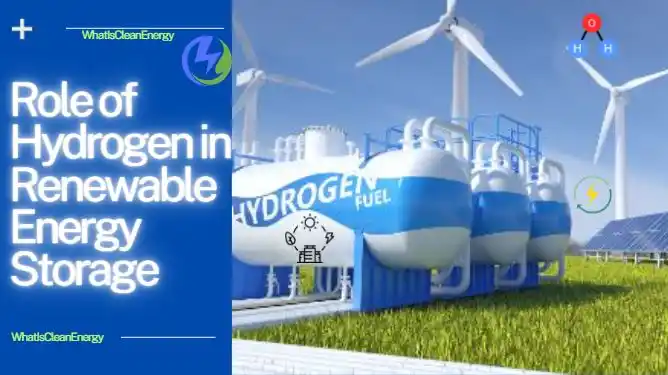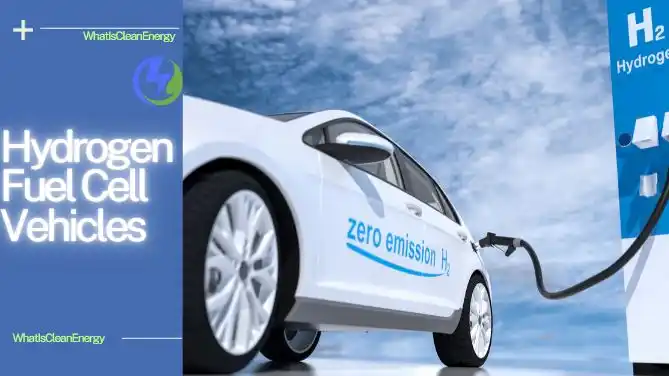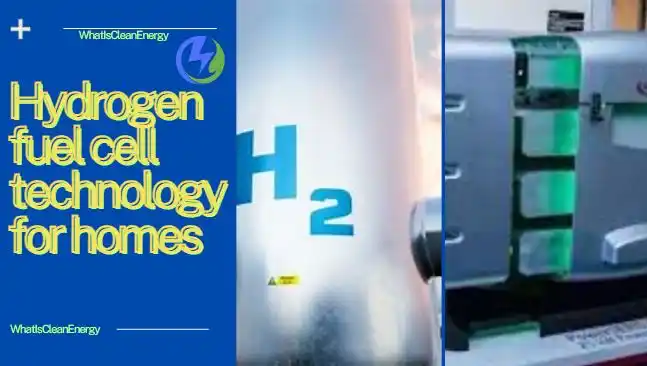Solid Oxide Fuel Cells (SOFCs) are a type of fuel cell that generates electricity through an electrochemical process. They are unique because they can use hydrogen as a fuel. This makes them an important part of the hydrogen economy. The hydrogen economy is a vision of using hydrogen as a clean energy source to reduce our reliance on fossil fuels. In this article, we will explore how SOFCs use hydrogen and their role in the hydrogen economy.
What Are Solid Oxide Fuel Cells?
A solid oxide fuel cell (SOFC) is an electrochemical device that generates electricity by oxidizing a fuel.
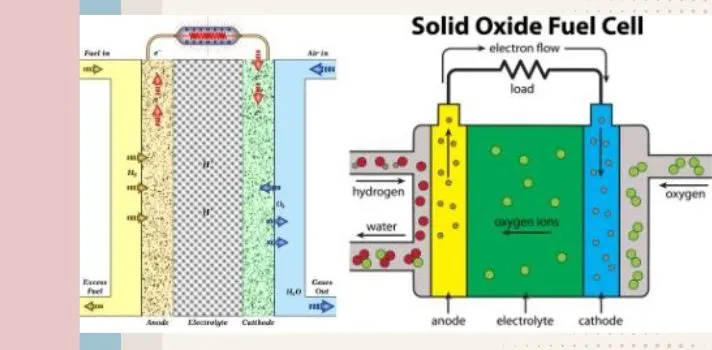
Basic Structure
SOFCs consist of three main parts: the anode, the cathode, and the electrolyte. The anode is the negative side, the cathode is the positive side, and the electrolyte is the material in between that allows ions to move.
How They Work
SOFCs work by converting chemical energy into electrical energy. When hydrogen is fed into the anode, it reacts with oxygen ions from the electrolyte to produce water, electrons, and heat. The electrons flow through an external circuit, creating electricity.
How SOFCs Use Hydrogen
Hydrogen as a Fuel
Hydrogen is a clean fuel because it only produces water when it burns. In SOFCs, hydrogen is used to generate electricity without combustion. This makes the process more efficient and environmentally friendly.
Electrochemical Reaction
In the SOFC, hydrogen molecules split into protons and electrons at the anode. The protons move through the electrolyte to the cathode, while the electrons travel through an external circuit, generating electricity. At the cathode, the protons and electrons combine with oxygen to form water.
Advantages of Solid Oxide Fuel Cells (SOFCs)
Solid Oxide Fuel Cells (SOFCs) offer several significant advantages that make them a promising technology for clean energy production. Let’s dive deeper into these benefits:
1. High Efficiency
Direct Energy Conversion:
SOFCs convert chemical energy directly into electrical energy through an electrochemical process. Direct conversion efficiently surpasses traditional combustion-based power generation methods, which lose energy through multiple conversion steps.
Efficiency Rates:
SOFCs can achieve electrical efficiencies of 50-60%. When used in combined heat and power (CHP) systems, the overall efficiency can exceed 80%. With high efficiency, the system extracts more energy from the same amount of fuel, reducing waste and lowering operational costs.
2. Fuel Flexibility
Multiple Fuel Options:
One of the standout features of SOFCs is their ability to operate on various fuels. While hydrogen is the most common, SOFCs can use natural gas, biogas, and liquid fuels like methanol. This flexibility allows for easier integration into existing energy infrastructures. It provides a pathway for transitioning to cleaner fuels over time.
Internal Reforming:
SOFCs can internally reform hydrocarbons into hydrogen and carbon monoxide, which are then used in the electrochemical reaction. This capability simplifies the fuel processing requirements and enhances the overall system efficiency.
3. Low Emissions
Minimal Pollutants:
SOFCs produce low levels of pollutants compared to traditional combustion engines. The primary byproduct using hydrogen as a fuel is water. When hydrocarbons are used, the emissions are still significantly lower than those from conventional power plants, as the high operating temperatures facilitate more complete combustion and reduce the formation of harmful nitrogen oxides (NOx).
Carbon Dioxide Reduction:
By using hydrogen or renewable biogas, SOFCs can significantly reduce carbon dioxide (CO2) emissions. This makes them an attractive option for reducing the carbon footprint of power generation.
4. Reliability and Durability
Stable Operation:
SOFCs operate at high temperatures (typically between 600°C and 1000°C), which allows for stable and continuous operation. This high-temperature operation also enables the use of non-precious metal catalysts, reducing costs and improving durability.
Long Lifespan:
With proper maintenance, SOFCs can have long operational lifespans. The solid-state nature of the components means fewer moving parts can wear out, contributing to their reliability.
5. Quiet Operation
Low Noise Levels:
Unlike internal combustion engines, SOFCs operate quietly. This makes them suitable for use in residential areas, hospitals, and other noise-sensitive environments.
6. Scalability
Modular Design:
SOFC systems can be scaled up or down to meet different power requirements. This modularity makes them suitable for a wide range of applications, from small residential units to large industrial power plants.
Decentralized Power Generation:
SOFCs enable decentralized power generation, meaning electricity can be produced close to where it is consumed. This reduces the need for extensive transmission infrastructure and minimizes energy losses associated with long-distance power transmission.
Solid Oxide Fuel Cells (SOFCs) offer numerous advantages that make them a key technology for the future of clean energy. Their high efficiency, fuel flexibility, low emissions, reliability, quiet operation, and scalability position them as a versatile and sustainable solution for various energy needs. As research and development continue to address challenges like cost and durability, SOFCs are poised to play an increasingly important role in the global transition to a hydrogen economy and a more sustainable energy future.
Role of SOFCs in the Hydrogen Economy
Clean Energy Production
SOFCs play a crucial role in the hydrogen economy by providing a clean way to generate electricity. They help reduce greenhouse gas emissions and reliance on fossil fuels.
Integration with Renewable Energy
SOFCs can be integrated with renewable energy sources like wind and solar. When these sources produce excess energy, it can be used to produce hydrogen through electrolysis. This hydrogen can then be stored and used in SOFCs to generate electricity when needed.
Decentralized Power Generation
SOFCs enable decentralized power generation, meaning electricity can be produced close to where it is used. This reduces the need for large power plants and long-distance transmission lines, making the energy system more resilient.
Challenges and Future Prospects of SOFCs
High Costs
One of the main challenges of SOFCs is their high cost. The materials used in SOFCs, like ceramics, are expensive. However, ongoing research aims to reduce these costs.
Durability
SOFCs operate at high temperatures, which can cause materials to degrade over time. Improving the durability of SOFCs is a key area of research.
Scaling Up
For SOFCs to play a significant role in the hydrogen economy, they need to be produced on a large scale. This requires investment in manufacturing and infrastructure.
Conclusion
Solid Oxide Fuel Cells are a promising technology for the hydrogen economy. They offer high efficiency, fuel flexibility, and low emissions. By using hydrogen as a fuel, SOFCs provide a clean way to generate electricity. Despite challenges like high costs and durability, ongoing research and development are making SOFCs more viable. As we move towards a more sustainable future, SOFCs will play an important role in reducing our reliance on fossil fuels and lowering greenhouse gas emissions.


